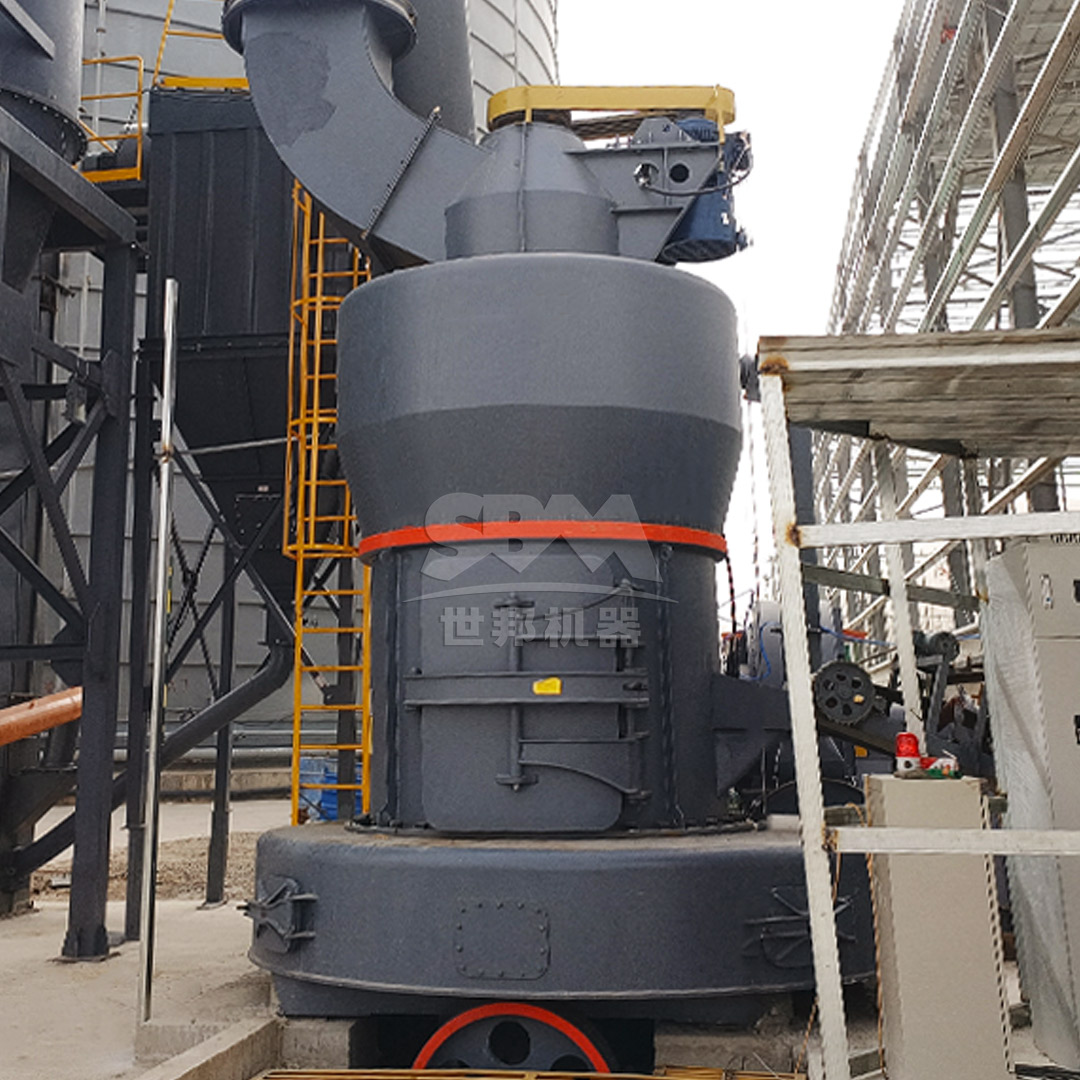Grinding mills are essential equipment in mineral processing, cement production, and various industrial applications where size reduction is required. The efficient operation of these mills directly impacts productivity, energy consumption, and product quality. However, grinding mills are subjected to severe wear during operation, which can lead to decreased performance, increased maintenance costs, and unexpected downtime. Understanding the common types of wear and implementing effective monitoring strategies is crucial for maintaining optimal mill performance and extending equipment lifespan.
This comprehensive guide explores the primary wear mechanisms affecting grinding mills, discusses monitoring techniques, and introduces advanced mill technologies designed to minimize wear-related issues.
Wear in grinding mills manifests in various forms depending on the mill type, operating conditions, and material characteristics. The most prevalent wear types include:
Abrasive wear is the most common form of deterioration in grinding mills, occurring when hard particles slide or roll against mill components under pressure. This type of wear affects:
The severity of abrasive wear depends on material hardness, particle size distribution, and operating conditions. In ball mills, for example, abrasive wear can reduce grinding media diameter by 0.1-1.0 mm per operating hour, significantly impacting grinding efficiency.
Impact wear results from the repeated collision of grinding media and coarse particles against mill components. This wear mechanism is particularly problematic in:
Impact wear typically causes deformation, cracking, or spalling of metal surfaces, leading to component failure if not addressed promptly.
Corrosive wear occurs when chemical reactions between mill components and processed materials accelerate mechanical wear. This combined chemical-mechanical degradation is common when processing:
The presence of water often accelerates corrosive wear, making it particularly problematic in wet grinding applications.
Adhesive wear, also known as galling or scuffing, happens when two metal surfaces under load make direct contact, leading to material transfer between them. This typically occurs in:
Erosive wear results from the impingement of solid particles carried in gas or liquid streams. This wear mechanism affects:
The rate of erosive wear increases with particle velocity and concentration in the gas stream.

Effective wear monitoring is essential for predictive maintenance and optimal mill operation. Various techniques can be employed depending on the mill type and accessibility:
Regular visual inspection remains a fundamental wear monitoring method. Key aspects to examine include:
Documenting wear patterns through photographs or sketches helps track progression over time.
Non-destructive testing methods provide accurate measurements of component thickness:
Establishing baseline measurements during installation enables accurate wear rate calculation.
Indirect wear monitoring through performance parameters includes:
Modern grinding mills increasingly incorporate sophisticated monitoring technologies:

Modern grinding mill designs incorporate features specifically aimed at minimizing wear and extending component life. Our company’s engineering expertise has led to the development of several innovative solutions that address common wear challenges.
For applications requiring ultrafine grinding with minimal contamination from wear debris, our SCM Series Ultrafine Mill offers exceptional performance and durability. This mill incorporates several design features that specifically address wear concerns:
The SCM Ultrafine Mill achieves output fineness of 325-2500 mesh (D97≤5μm) with processing capacity ranging from 0.5-25 tons per hour depending on model. Its energy-efficient design reduces power consumption by 30% compared to conventional jet mills, while the specially hardened grinding components withstand abrasive materials with minimal wear.
| Model | Processing Capacity (ton/h) | Main Motor Power (kW) | Output Fineness (mesh) |
|---|---|---|---|
| SCM800 | 0.5-4.5 | 75 | 325-2500 |
| SCM900 | 0.8-6.5 | 90 | 325-2500 |
| SCM1000 | 1.0-8.5 | 132 | 325-2500 |
| SCM1250 | 2.5-14 | 185 | 325-2500 |
| SCM1680 | 5.0-25 | 315 | 325-2500 |
For large-scale grinding operations where wear-related downtime has significant economic impact, our LM Series Vertical Roller Mill provides robust wear protection through innovative engineering:
The LM Series handles input sizes up to 50mm with output fineness ranging from 30-325 mesh (special models to 600 mesh) and capacities from 3-250 tons per hour. Its centralized design integrates crushing, grinding, and separation functions while reducing footprint by 50% compared to traditional grinding systems.
| Mill Type | Typical Wear Part Life (hours) | Maintenance Frequency | Relative Wear Rate |
|---|---|---|---|
| Conventional Ball Mill | 2,000-4,000 | High | 1.0 (Reference) |
| SCM Ultrafine Mill | 8,000-12,000 | Low | 0.3-0.4 |
| LM Vertical Roller Mill | 10,000-15,000 | Very Low | 0.2-0.3 |
Successful wear management requires a systematic approach combining proper equipment selection, operational best practices, and proactive maintenance strategies.
When selecting grinding equipment for wear-intensive applications, consider:
Optimize mill operation to minimize wear:
Develop comprehensive maintenance protocols:

Effective wear management in grinding mills is essential for maintaining operational efficiency, reducing maintenance costs, and maximizing equipment lifespan. By understanding common wear mechanisms, implementing appropriate monitoring techniques, and selecting mills with advanced wear-resistant designs, operators can significantly improve their grinding operations.
Our company’s grinding mill solutions, particularly the SCM Series Ultrafine Mill and LM Series Vertical Roller Mill, incorporate innovative design features that specifically address wear challenges. These mills offer extended component life, reduced maintenance requirements, and superior operational efficiency compared to conventional grinding technologies.
Implementing a comprehensive wear management program that combines proper equipment selection, operational best practices, and proactive maintenance strategies will deliver significant benefits in terms of reduced downtime, lower operating costs, and improved product quality.